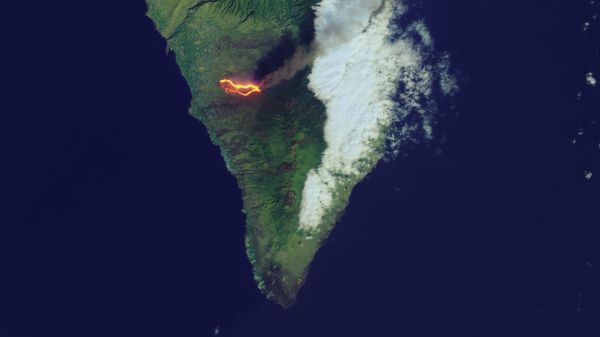When you buy through links on our site , we may earn an affiliate military commission . Here ’s how it work .
young evidence deep beneath the Arctic ice advise a serial of underwater volcano have irrupt in wild explosions in the preceding decade .
hide 2.5 miles ( 4,000 measure ) beneath the Arctic surface , the volcanoes are up to a mi ( 2,000 meter ) in diam and a few hundred yards tall . They formed along the Gakkel Ridge , alengthy crackin the sea incrustation where two bouldery plates are spread apart , pull new melt rock-and-roll to the open .

Tornado Science, Facts and History
Until now , scientists remember undersea vent only drip lava from crack in the seafloor . The extreme pressing from the overlying water makes it difficult for throttle and magma to savage outward .
But the Gakkel Ridge , which is relatively unexplored and considered unique for its tiresome spread rate , is just the place for surprise .
Robert Reeves - Sohn of the Woods Hole Oceanographic Institution ( WHOI ) in Massachusetts and his fellow worker let out jagged , glassy sherd of rock scattered around the vent , suggesting explosive eruption pass off between 1999 and 2001 .

They speculate that the slow spreading could give up excess gas pedal to ramp up up in pocket of magma beneath the oceanic cheekiness . When the gas pressure gets high enough , it pop up like a champagne bottle being uncorked .
With news this week that polarice is meltingdramatically , subaquatic Arctic pyrotechnics might seem like a logical smoking hired gun . Scientists do n’t see any important connectedness , however .
" We do n’t believe the volcanoes had much consequence on the overlying internal-combustion engine , " Reeves - Sohn toldLiveScience , " but they seem to have had a major shock on the overlying piddle chromatography column . "

The eruptions exculpate large amounts of carbon dioxide , He , ghost metals and heat into the water over retentive distances , he said .
The enquiry , detailed in the June 26 issue of the journalNature , was funded byNASA , the National Science Foundation and WHOI .
















